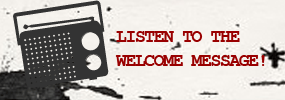
Foer’s novels are pointedly postmodern; they play with voice and genre, language and typography. (“Extremely Loud and Incredibly Close” ends with a flip book of a body either falling out of or flying away from the World Trade Center.) “Eating Animals” is written in a similar po-mode; it is constantly shifting among formats—a glossary of terms, interviews, personal vignettes—and each chapter is introduced with a page or two of graphic art. The chapter titled “Hiding/Seeking,” for example, opens with an outline of a box, sixty-seven squares in area, which is supposed to illustrate the amount of space allotted to a typical laying hen. Some may object that Foer’s style is too playful (or gimmicky) for what he contends is a deadly serious subject. Others will argue that he lacks the courage of his convictions.
For much of “Eating Animals,” it appears that Foer is arguing for vegetarianism as the only moral course. Then, it turns out, he isn’t—or, at least, not quite. In the middle of the book, Foer becomes friendly with a farmer named Frank Reese, who raises what are known as “heritage” turkeys. (It is for Reese that Aaron Gross, the vegan theology professor, is trying to design a model—and also mobile—slaughterhouse.) Evolutionarily speaking, heritage turkeys fall somewhere between the wild variety that the colonists encountered and the obscenely large-breasted breeds that now fill the meat aisle. A heritage turkey is probably what your great-grandparents served if they celebrated Thanksgiving.

